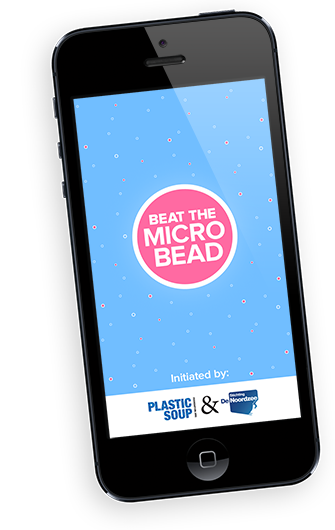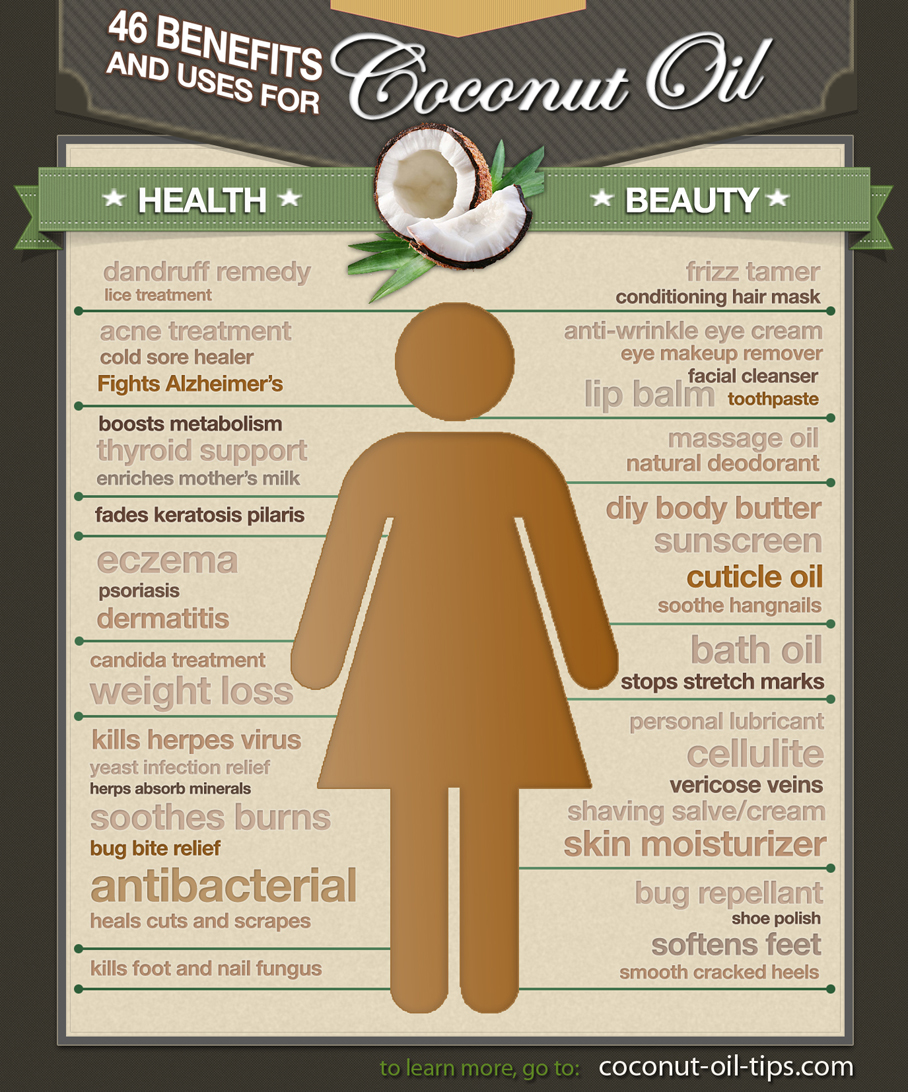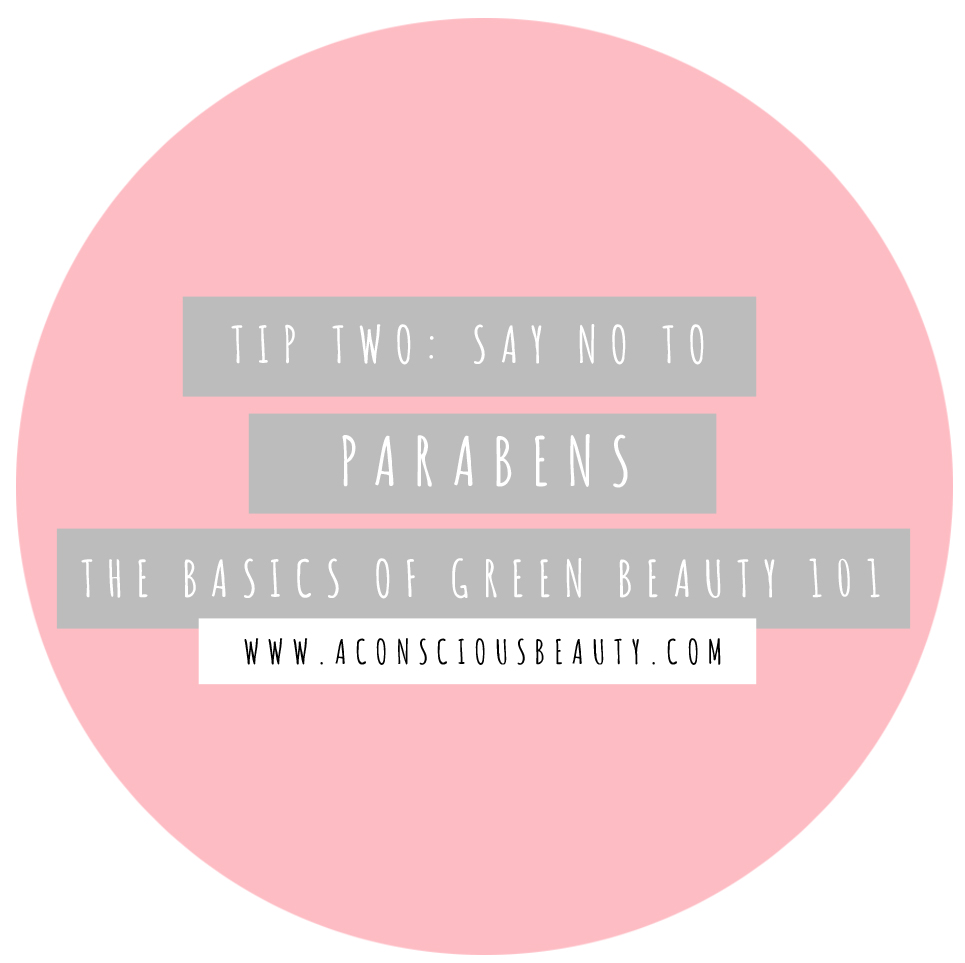
Image courtesy of beatthemicrobead.org
This time last week were rolling along in the car through the countryside of Tasmania soaking up the glorious wide open spaces that the island has to offer. My husband and I, were chatting and listening to Triple J radio when suddenly my little ears pricked up. The news story was examining the role of mircroplastics in beauty products and it’s connection with the environment.
Microplastics? Say what?
Even hearing that word rings alarm bells in my head, and the thought of it being in beauty products we use every day had me screaming WTF!
The particular radio story that caught my attention was acknowledging the recent visit by Princess Laurentien of the Netherlands. As the President of Fauna and Flora International, she was in Australia to raise awareness around the environmental impact of mircroplastics – in particular as an ingredient in beauty products.
I must confess, that on the blog we are often consumed with talk around the health effects of toxic chemicals on humans, but I suddenly realised that we tend to glide over the environmental impact of the beauty industry. Given the alarm bells were ringing loud and clear, I thought I would share my findings with our community of beauties and help raise a little more awareness to the small yet potentially deadly ingredients.
So what are microplastics and why are they used?
Sadly, the beauty industry is one industry where the majority of miracle potions and lotions are created with primary goal to achieve ageless beauty on a mass market scale.
Producing these products to the mass market is often at the expense of quality ingredients. Substitutions for ‘real’ ingredients and in the case of microplastics, polyethylene is used in lieu of organic ingredients like coconut husk or walnut shells. They are designed to exfoliate the skin but the user is unaware that following application the plastic ingredients are washed down the drain and into our waterways.
So what do we know about microplastics in beauty products?
- A 2009 study at the University of Auckland in New Zealand revealed that the average person is now likely to use cleansing products with microplastics on a daily basis because the majority of facial cleansers now contain polyethylene microplastics.
- Certain products on the market can contain up to an estimated 360,000 micro-beads in one tube according to the 5 Gyres Organisation
- Microplastic particle sizes can range from 0.1 to 0.5 millimetres in size.
- The pollutants can remain in the environment for more than 50 years according to an article by Scientific American
So why are they harmful to the environment?
Studies by scientists from Wageningen University in the Netherlands have revealed that plastic nanoparticles can have an adverse effect on sea organisms such as mussels. With respect to the size of the problem, research by the North American based Marine Environmental Research Institute (MERI) based in Maine have found more than 85% of surface samples contain microplastic particles. The key issue is that these particles can resemble phytoplankton and are ingested by marine life. Consumed by larger species plastic and toxins may then bio accumulate in larger marine mammals, sea birds and humans.
The bitter irony for the beauty industry, is that many new ‘miracle creams’ on the market, include ingredients with ocean origins such as sea fennel and seaweed, therefore, inadvertently may contain micro plastics because they are ingested by the animals.
What products are they found in?
- Skin exfoliators
- Toothpaste
- Shaving Creams
Campaigns and ways to support the elimination of micro plastics in beauty products:
5gyres – An organisation aimed at the reduction of micro plastics in the 5 gyres
plastic soup foundation – A Netherlands based organisation and creator of the ‘beat the micro bead’ iPhone App.
So next time you are scanning the beauty aisle for that new scrub or shaving cream, you might want to think twice about whats ‘hidden’ in the ingredients list because it may be appear harmless to you but our friends in the sea are likely to suffer more that you think.
All the more reason to become A Conscious Beauty, not just for you but for our planet.





